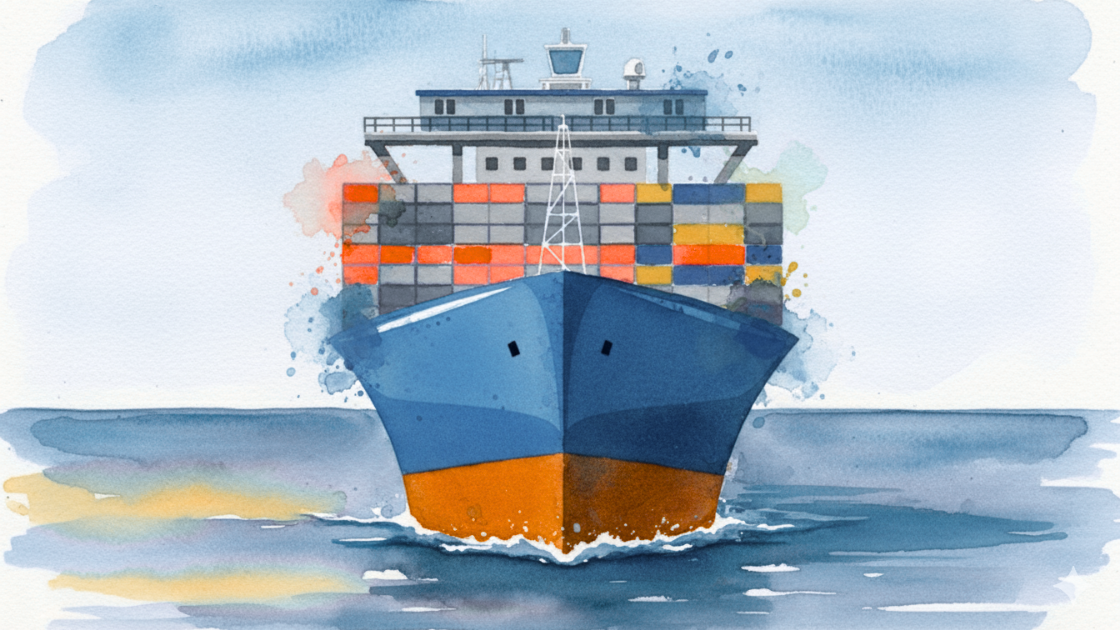Why most logistics AI projects fail before they start

DataRobot just published research showing supply chains lose over $1 trillion annually due to inventory mismatches. At the same time, 96% of retailers struggle to build effective AI models, and 90% can't even get them into production.
This isn't a technology problem, it's a systems problem.
According to McKinsey, companies that successfully implement AI see logistics costs drop 15%, inventory levels improve 35%, and service levels jump 65%. One global retailer saved $400 million annually with 9.5% better forecasting accuracy.
The companies achieving these results aren't just overlaying AI onto existing processes. They're addressing the coordination bottlenecks that make AI implementation nearly impossible in the first place.
Most logistics operations are structurally fragmented. Demand planning runs separately from procurement. Warehousing operates independently of transport. Customer service exists in its own silo. Each department has different systems, different data formats, different approval chains.
You can't build intelligent operations on top of unintelligent organisational design.
The winners are creating cohesive intelligence—where demand signals instantly inform inventory decisions, where warehouse data drives transport optimisation, where customer insights shape procurement strategy. This isn't about automating handoffs; it's about creating the visibility that eliminates the need for handoffs entirely.
What's constraining your AI potential, the technology or the org chart?
Subscribe to the FORS Report
Be the first to know - subscribe today





Member discussion